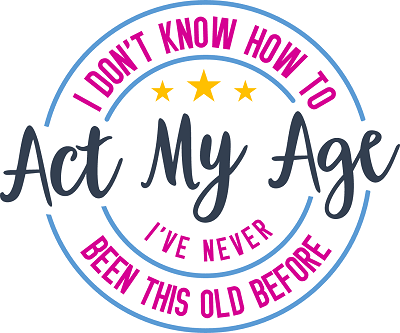 Why is it so important to de-stress your life? Because frequent stress and anxiety, when untreated, can lead to …
Why is it so important to de-stress your life? Because frequent stress and anxiety, when untreated, can lead to …
… a weak immune system
… heart problems
… acid reflux, heartburn
… high blood pressure
… migraines, headaches and backaches
… chronic fatigue
… diabetes
The key is in keeping your cortisol levels in check. Cortisol, better known as the “stress hormone”, can wreak havoc on many of your bodily functions. Tight deadlines, crazy schedules, a fast-paced society and not enough hours each day to accomplish what you need – all of these issues can lead to regular occurrences of stress.
How to Keep Your Cortisol Level in Check
Cortisol levels rise in your body 1 of 2 ways. When your mind triggers a “fight or flight” response to something that is going on in your life, cortisol is produced. When your cortisol levels are high, your cardiovascular and respiratory health begins to decline immediately. As you can see from the list above, multiple bodily functions can be affected in a negative manner.
Cortisol is also naturally present in higher levels in certain foods. So whether you are stress comes from an outside source, or you get too much cortisol in the foods you eat, you can become anxious and stressed-out. Cut back on those foods which are known to deliver high levels of cortisol, and you cut back on your stressed-out episodes.
Here’s how to keep your cortisol levels where they need to be. Cut back on chewing tobacco and smoking cigarettes. Limit your caffeine intake. This means fewer coffees, soft drinks and energy drinks, especially those which are loaded with sugar.
Cut back on the number of starchy carbohydrates in your diet. This means eating fewer foods like potatoes, french fries, bread, potato chips and pizza. Exercise regularly, get plenty of rest and keep hydrated.
Remember that during exercise, cortisol does spike naturally, so when you are through working out, enjoy some “recovery based” physical activities such as yoga or Pilates, or simply take a relaxing walk.
You can also practice mindfulness meditation and visualization to control your stress levels. Tell yourself that when you see a stressful situation arising, you will respond to it in a calm manner. Visualize yourself relaxed and peaceful, recognizing the stressful event, but not giving into it.
For the best chance of keeping stress in check, combine several of the successful stress-relief tips listed above for a calm, low-anxiety response to life’s stresses and strains.


